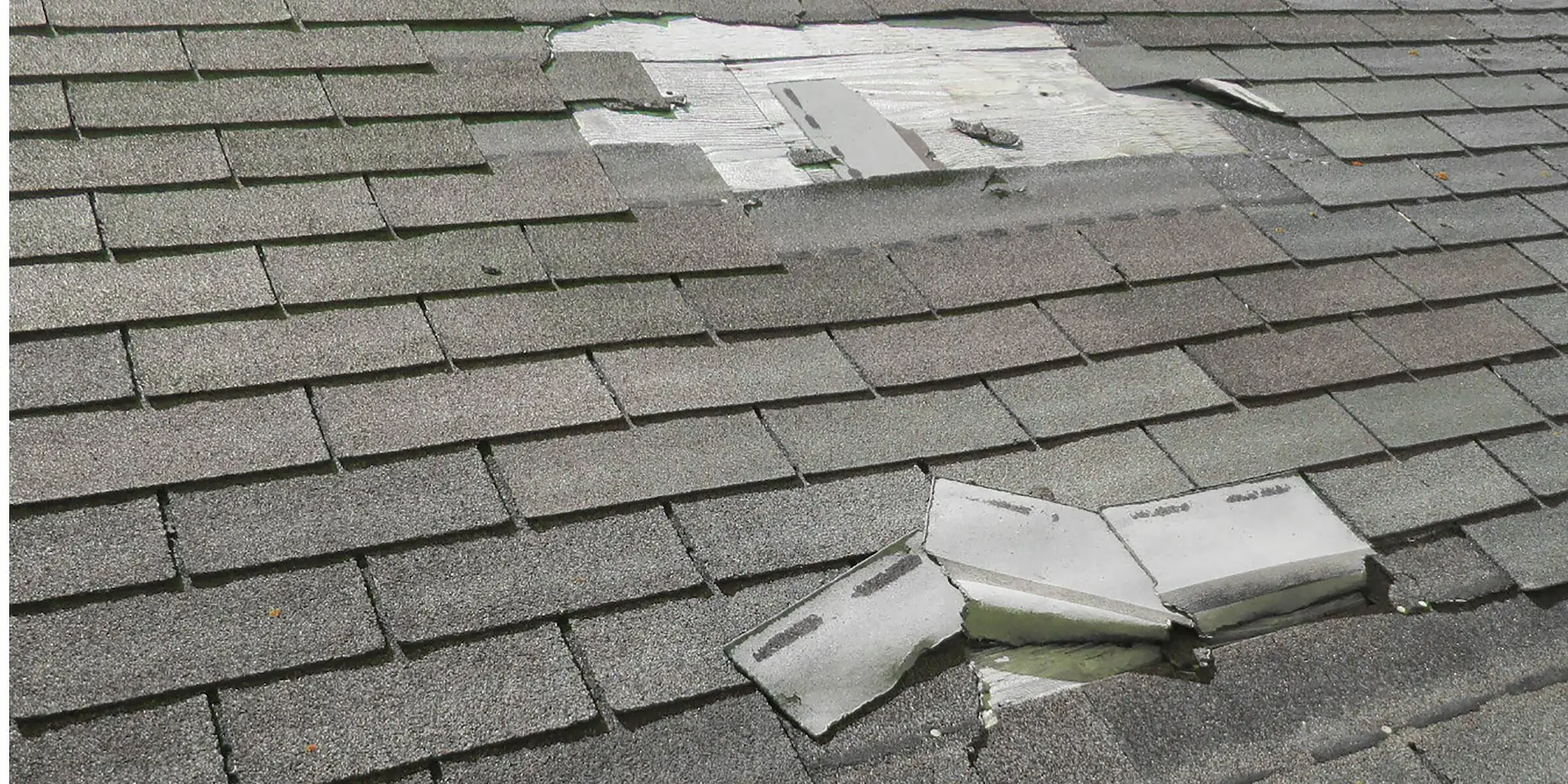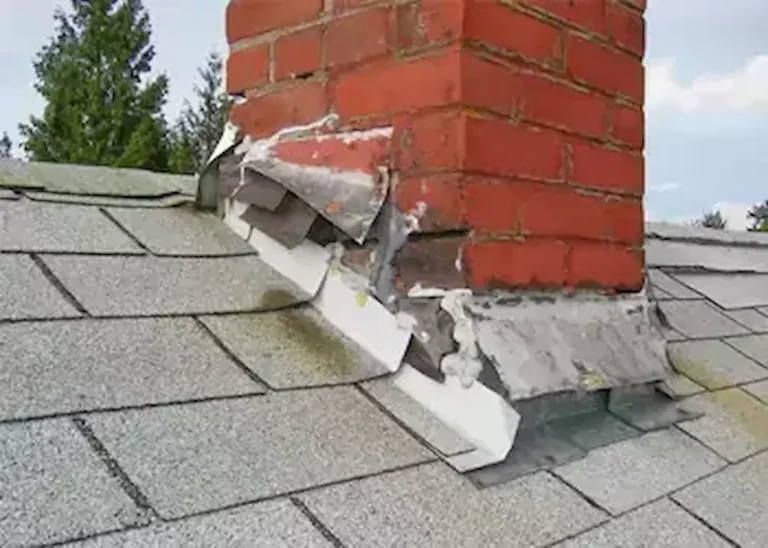Wind damage is one of the most common—and costly—threats to roofs in the United States. In 2025, severe storms, hurricanes, and derechos caused over $14 billion in insured losses nationwide. For homeowners, understanding how insurance covers wind damage to roofs is critical. This guide breaks down the latest policy changes, coverage rules, and expert tips to help you navigate claims and protect your home.
Does Homeowners Insurance Cover Wind Damage to Roofs?
Yes, standard homeowners insurance policies typically cover wind damage to roofs if the damage is sudden and accidental. For example, if a tornado tears off shingles or a hurricane loosens your roof’s underlayment, your insurer should pay for repairs or replacements. learn more about storm damage roof repair services.
Key Coverage Details:
- Dwelling Coverage: Pays for structural repairs to your roof, siding, and windows.
- Personal Property Coverage: Covers belongings damaged by wind-driven rain entering through roof gaps.
- Other Structures Coverage: Applies to detached garages, sheds, or fences damaged by wind.
However, coverage depends on your policy terms, roof age, and maintenance history. Let’s explore what’s covered—and what’s not.
What Wind Damage to Roofs Is Covered?
1. Storm-Related Damage
Wind damage from hurricanes, tornadoes, derechos, and thunderstorms is generally covered. For instance:
- Missing or creased shingles from high winds. explore signs and prevention strategies for wind damage.
- Roof leaks caused by wind-driven rain.
- Collapsed roofs due to fallen trees or branches.
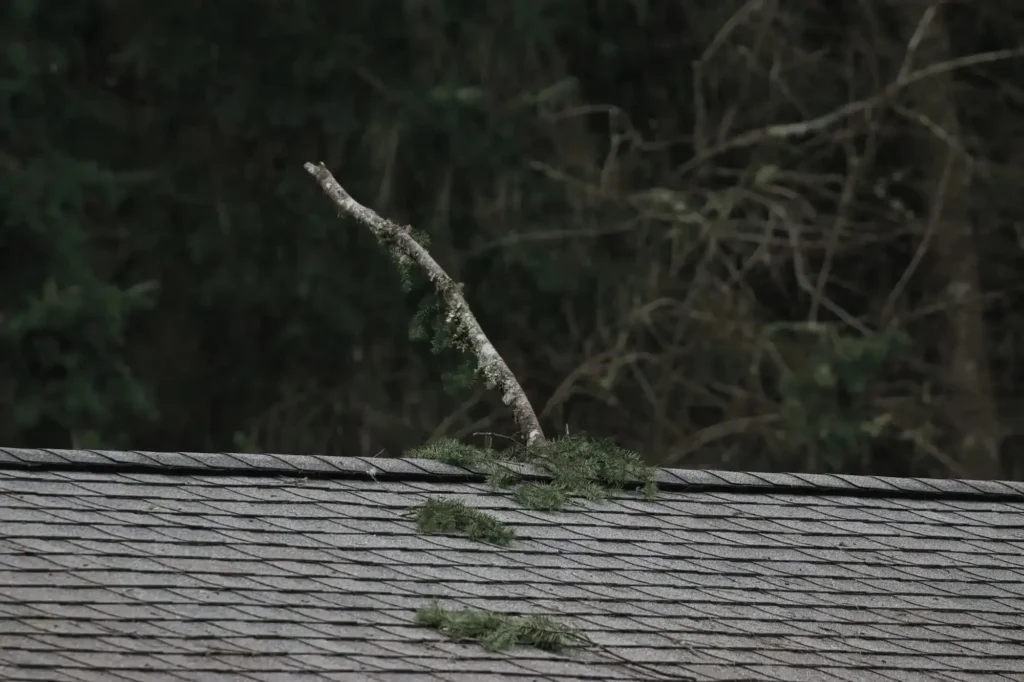
In 2025, 78% of wind-related roof claims were approved when damage was linked to verified weather events.
2. Hail and Debris Damage

Hailstorms often accompany windstorms, and most policies cover:
- Dented or cracked shingles from hail.
- Damage from airborne debris (e.g., patio furniture or tree limbs). read our guide on hail damage roof repair.
3. Code Upgrades
If local building codes require upgraded materials during repairs, some policies cover these costs. For example, replacing old shingles with wind-resistant ones.
What’s Not Covered?
1. Wear and Tear or Poor Maintenance
Insurance won’t cover damage from neglected roofs. Examples:
- Gradual deterioration from age. discover expert tips for roof maintenance.
- Leaks due to cracked flashing you didn’t repair.
2. Roofs Over 15–20 Years Old
Many insurers now limit payouts for older roofs:
- Roofs 10–15 years old: Insurers may only pay partial replacement costs.
- Roofs 20+ years old: Coverage might be denied unless you’ve maintained inspections and repairs.
3. Cosmetic Damage
Surface-level issues (e.g., minor granule loss on shingles) are rarely covered unless they affect the roof’s function.
2025 Policy Changes Impacting Roof Coverage
1. Tighter Age Restrictions
After a surge in claims from aging asphalt roofs, carriers like State Farm and Allstate now enforce stricter rules:
- Roofs over 10 years old face higher deductibles for wind/hail claims.
- Policies may exclude roofs older than 20 years unless certified by a licensed inspector. learn about insurance replacement criteria.
2. Depreciation Calculations
Insurers increasingly use actual cash value (ACV) payouts for older roofs instead of full replacement costs. For example, a 15-year-old roof might only receive 40% of replacement value.
3. Windstorm Deductibles
In hurricane-prone states like Florida and Texas, policies often include separate wind deductibles (2–5% of home value).
How to File a Wind Damage Roof Insurance Claim
Step 1: Document the Damage
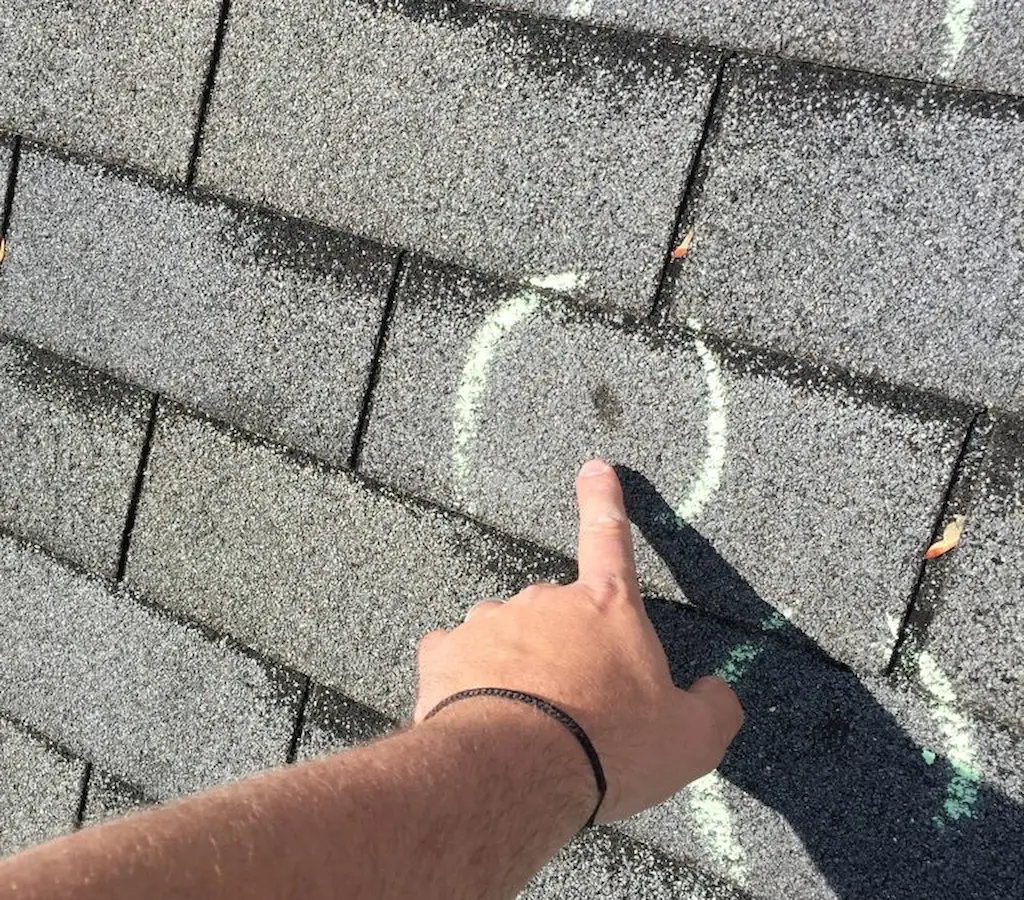
- Take photos of missing shingles, leaks, and debris.
- Note the date and time of the storm.
Step 2: Mitigate Further Damage
- Cover exposed areas with tarps to prevent water intrusion.
- Save receipts for emergency repairs; insurers may reimburse these costs.
Step 3: Contact Your Insurer
- File a claim within 48–72 hours for faster processing.
- Request a copy of your policy to review coverage limits.
Step 4: Work With an Adjuster
- Pro Tip: Hire a public adjuster if your claim is denied. They’ve helped homeowners recover 20–50% higher payouts in disputed cases. find trusted storm damage roofers.
Step 5: Choose a Licensed Contractor
- Insurers often require estimates from certified roofers.
3 Expert Tips to Maximize Coverage
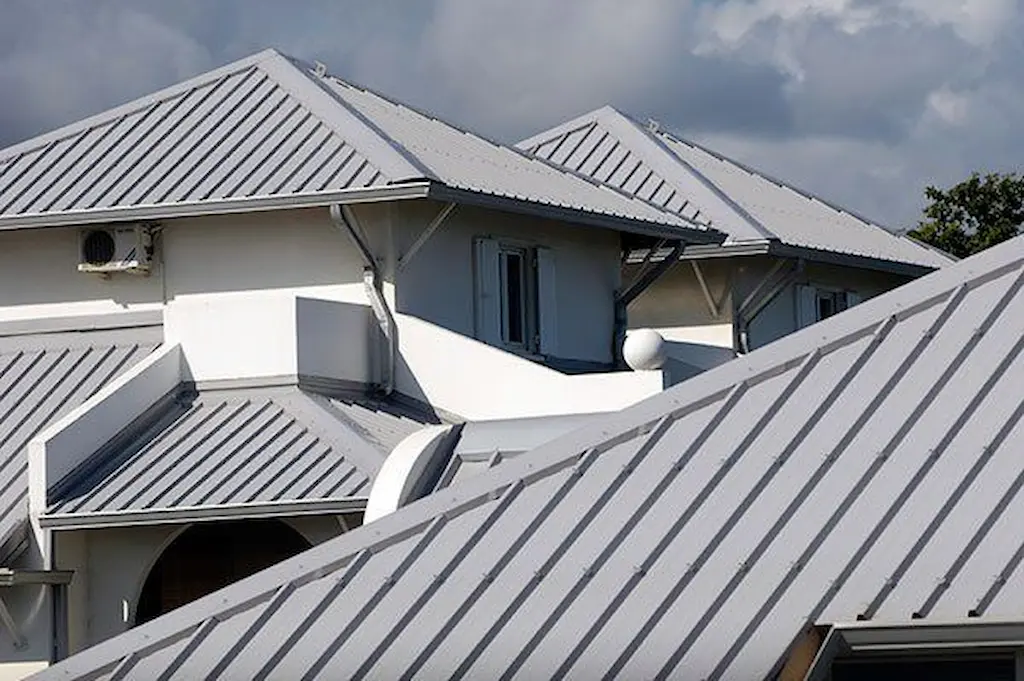
- Schedule Annual Inspections
Regular inspections prove you’ve maintained the roof, strengthening your claim. learn about professional roofing maintenance. - Upgrade to Impact-Resistant Materials
Some insurers offer discounts for wind-rated shingles or metal roofs. - Review Policy Renewals Annually
Verify age-related clauses and deductibles to avoid surprises.
After storms, check solar panels for misalignment. Clean them carefully to avoid voiding warranties—here’s how.
Conclusion: Protect Your Roof—and Your Wallet
Wind damage can strike unexpectedly, but with the right insurance knowledge, you’ll be prepared. Always document storm damage quickly, understand your policy’s fine print, and invest in preventive maintenance. As roofing costs rise—up 12% since 2023—a well-managed insurance claim could save you thousands.
Need Help? After inspecting the damage, learn how to file an insurance claim for a new roof to cover the costs of replacement.

